Beginner Guide: What Is Sourdough?
What is sourdough? Maybe you’ve seen sourdough around social media. Maybe you’ve tried it at a restaurant or enjoyed sourdough from a local bakery. At it’s core, sourdough is a method of leavening bread. As opposed to most store-brought bread, sourdough doesn’t use any commercial yeast to rise. Instead it uses a “starter” of fermented flour and water to raise bread. This beginner guide will teach you what sourdough is and why you will want to learn to bake with it.
You can use sourdough to make just about any baked good (breads, pancakes, crepes, biscuits, crackers, rolls, cookies, etc…). If you maintain a sourdough starter, you will never run out. The process of sourdough is an ancient tradition used in cultures all over the world. Commercial yeast (dry active/instant) was not invented until the mid 1800s and didn’t become popular until the 1900s. Before this, everyone used sourdough starter for baking leavened bread. Baking with sourdough is a simple process, but it does take some extra time.
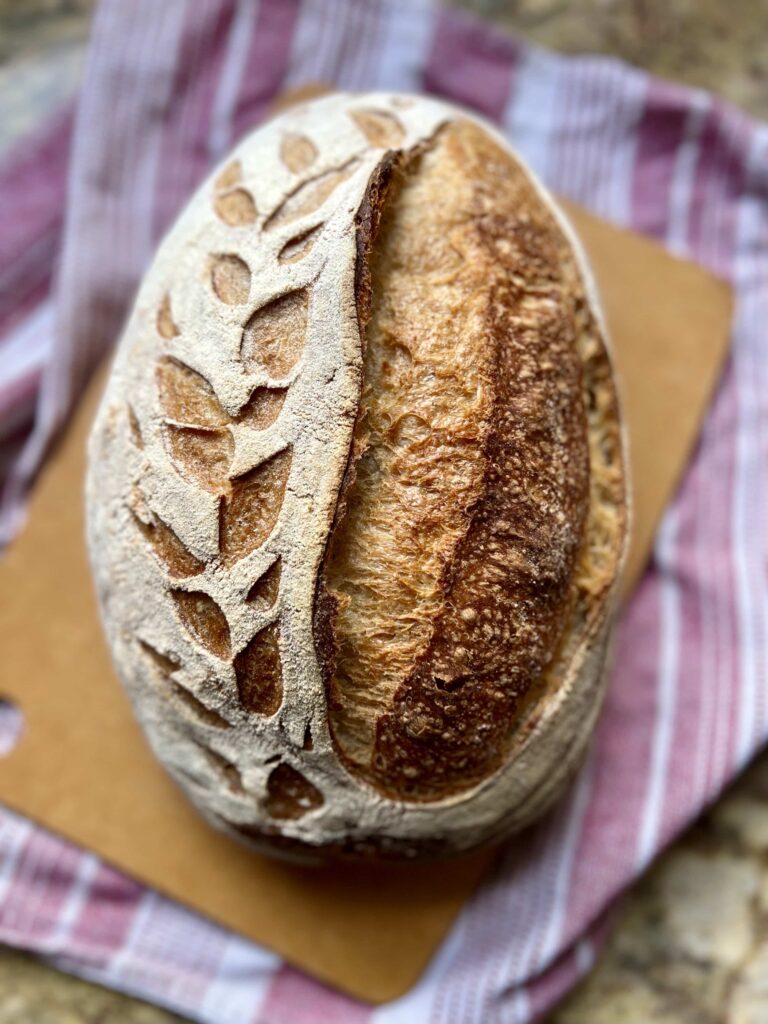
Health Benefits of Sourdough
Many people make and eat sourdough bread for the health benefits. The fermentation process that sourdough goes through gives a amazing health benefits to you when you eat it. Keep in mind we’re talking about sourdough made using this natural fermentation process. Typically that is not the “sourdough” found in the grocery store aisle which is made with commercial yeast and flavored. These are some of the health benefits from the fermentation process:
- The fermentation process “pre-digests” the gluten in sourdough bread, making it easy for our bodies to digest
- Keeps you full for longer
- Sourdough is full of prebiotics thanks to the fermentation
- Sourdough bread is lower on the glycemic index than other bread. Studies have shown it can keep your blood sugars in check or even lower it.
- Sourdough neutralizes phytic acid that is naturally found in grains. Phytic acid makes it hard to absorb the nutrients that are in grain. The fermentation process neutralizes the phytic acid, allowing your body to absorb the nutrients in the grain.
What Sourdough Recipes Should I Start With?
I have so many good sourdough recipes on my site! There are lots of recipes for sourdough breads and recipes that use up sourdough discard. I recommend starting with an artisan bread recipe or even my favorite sourdough sandwich bread.
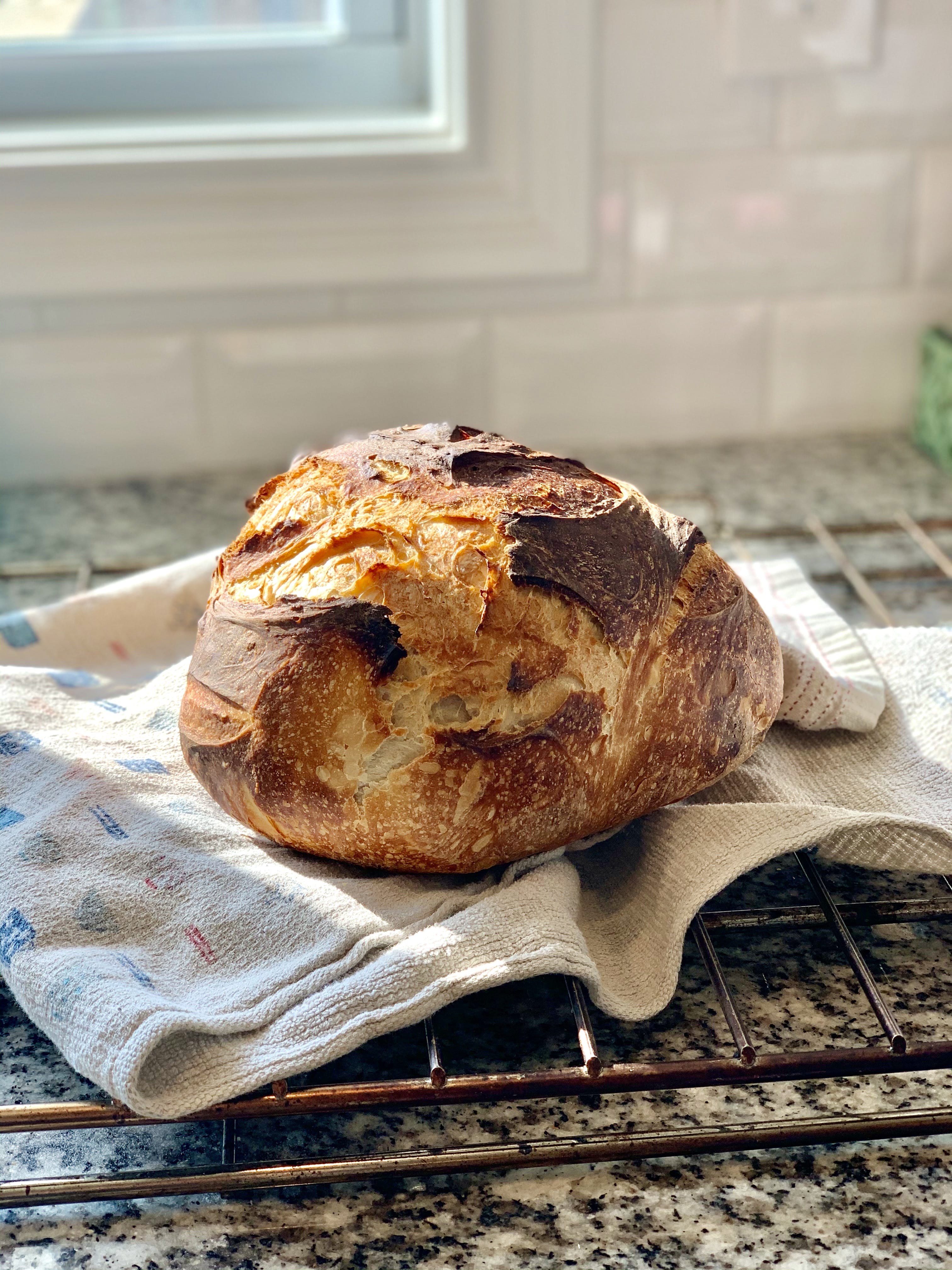
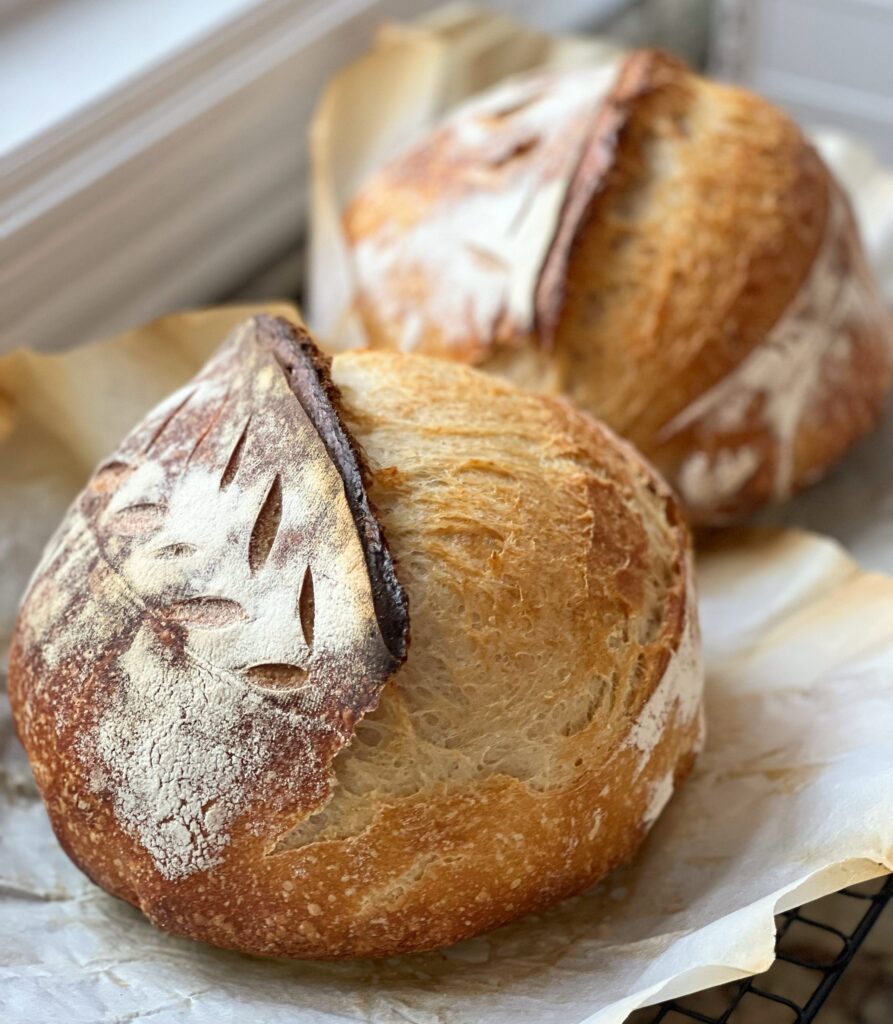
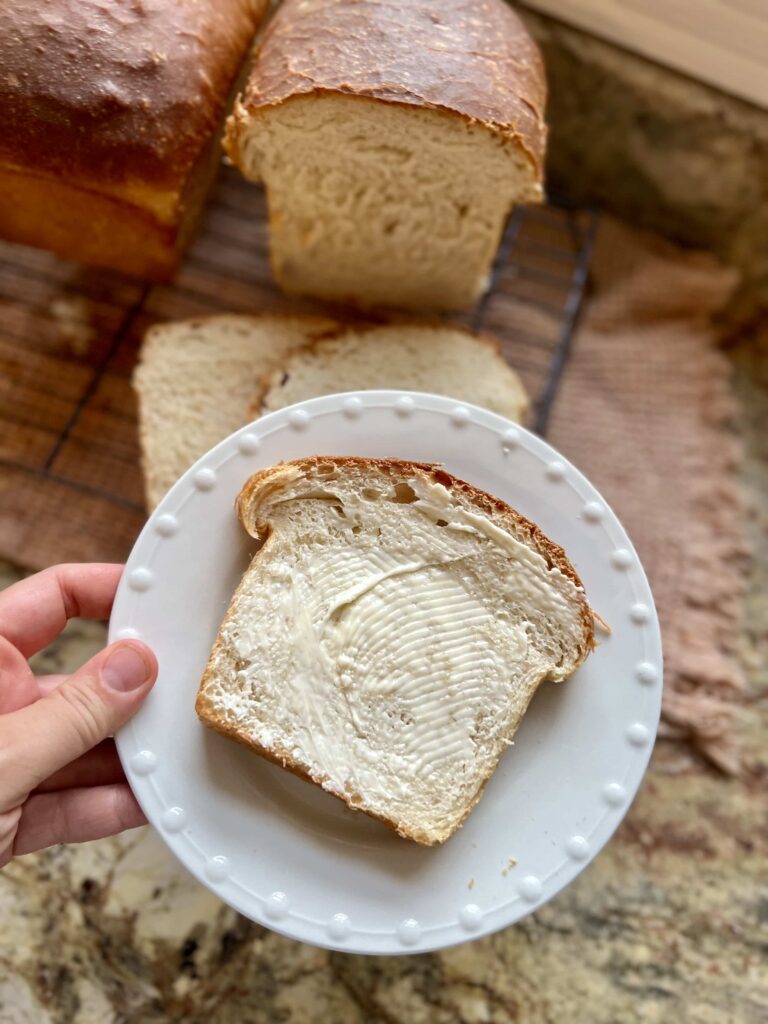
Sourdough Beginner Guide
Want more in-depth Sourdough instruction?
Check out my online sourdough classes or take a class in person.
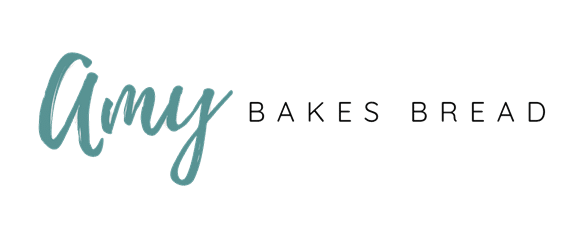
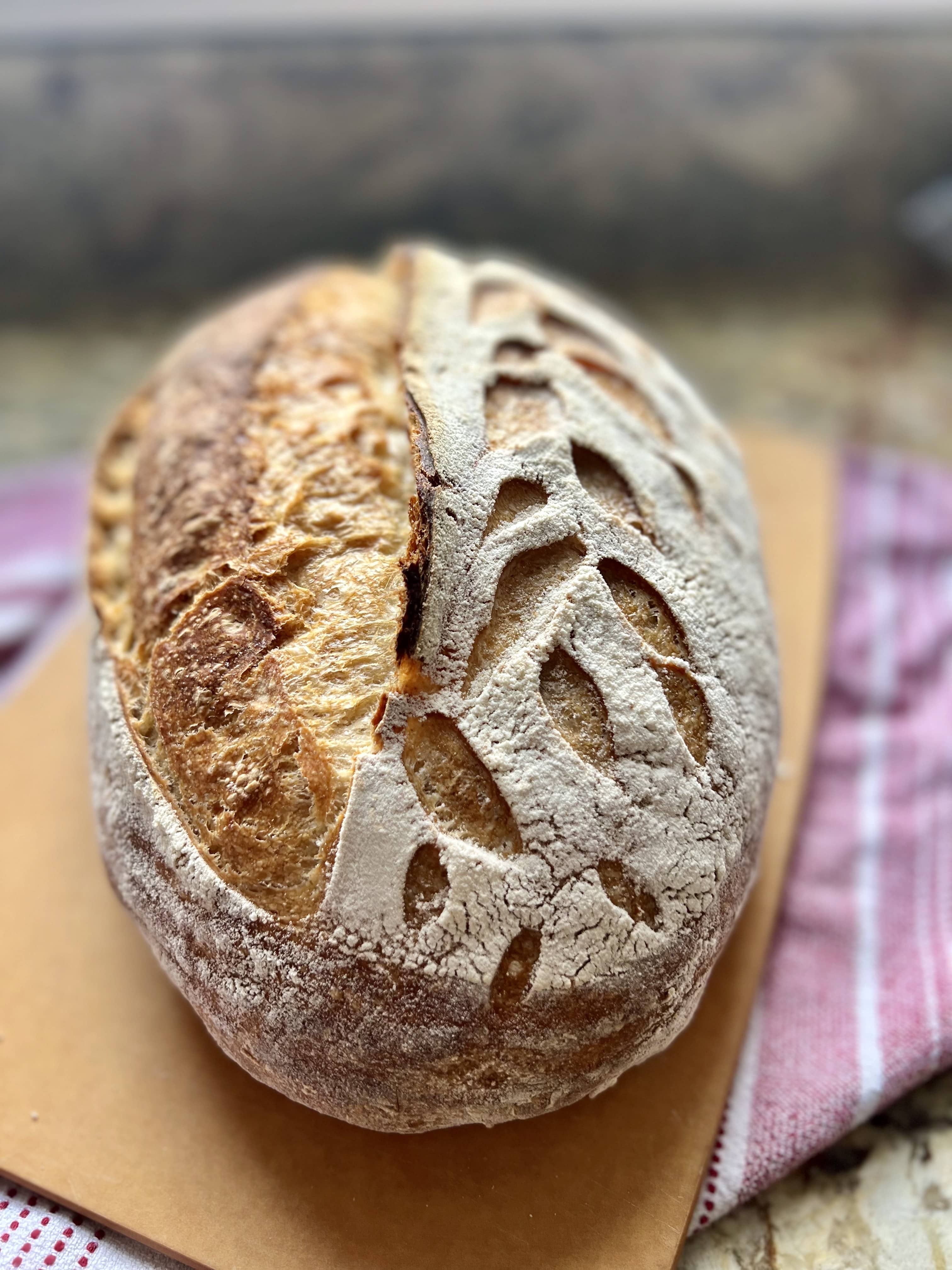
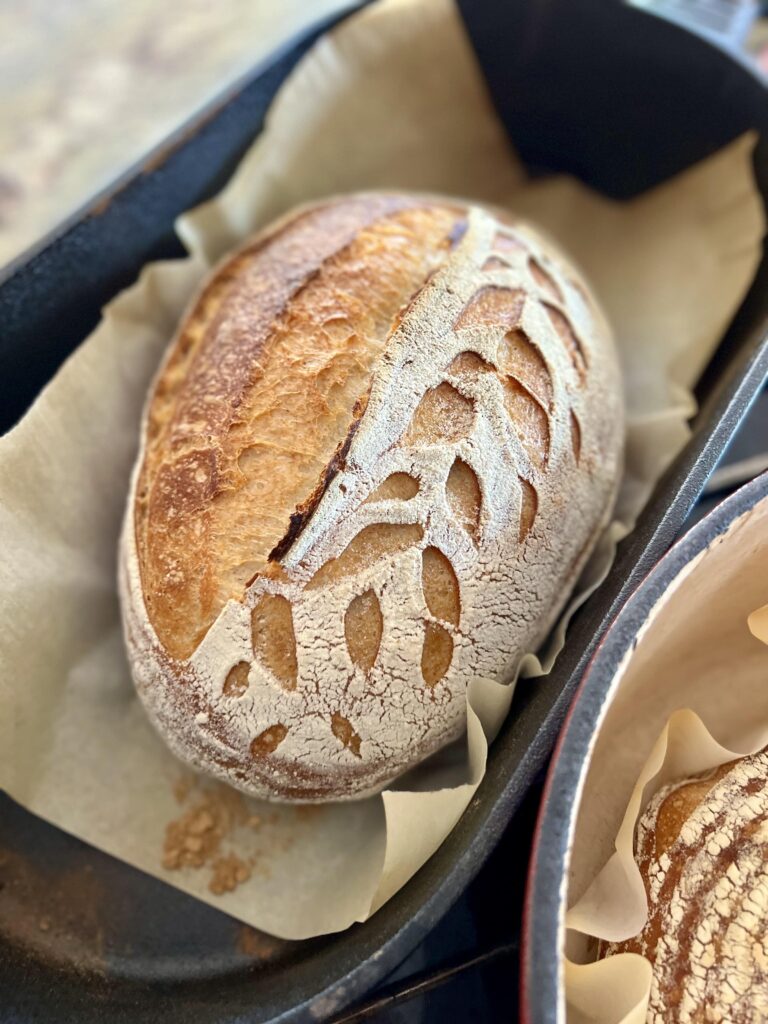
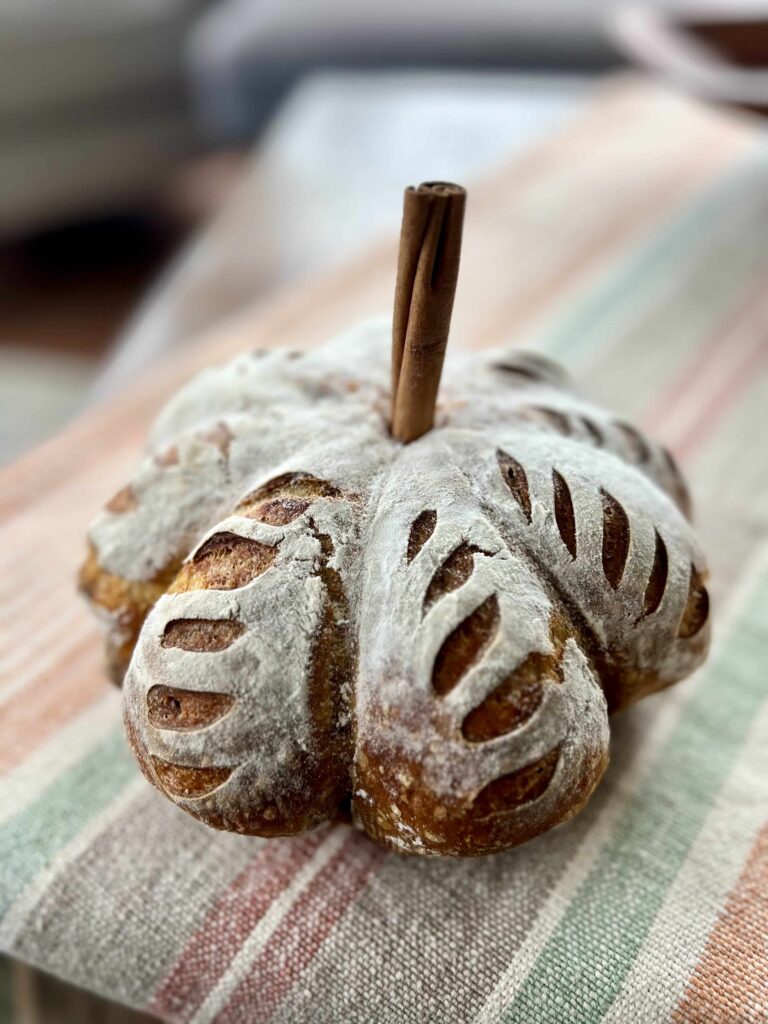
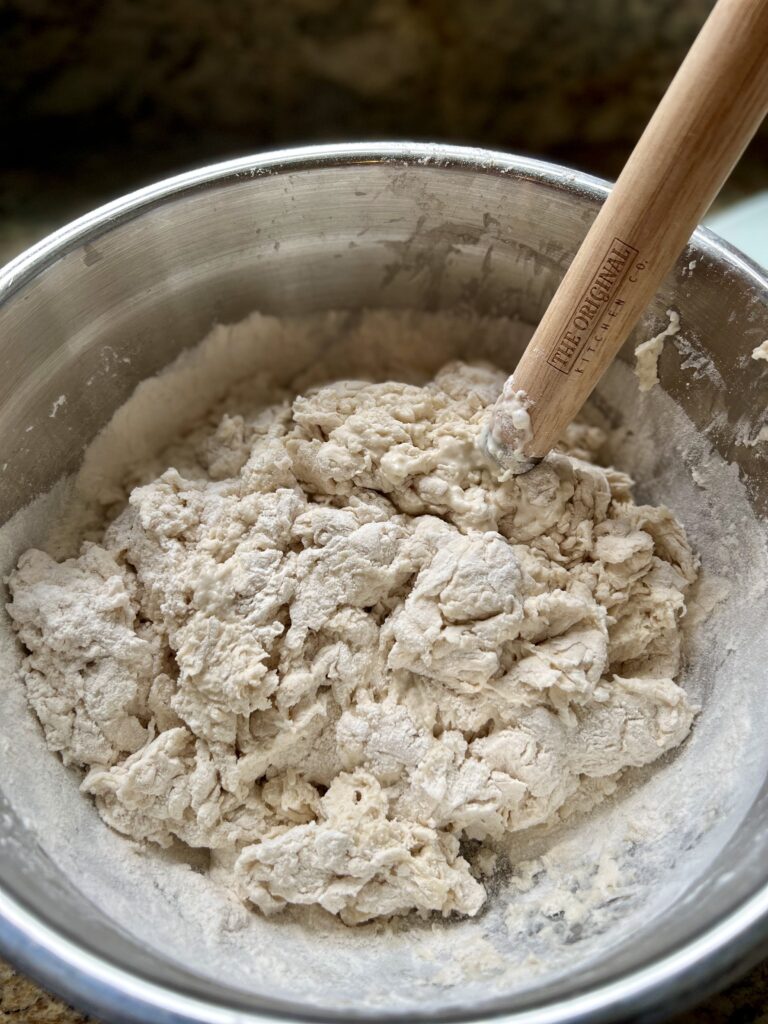
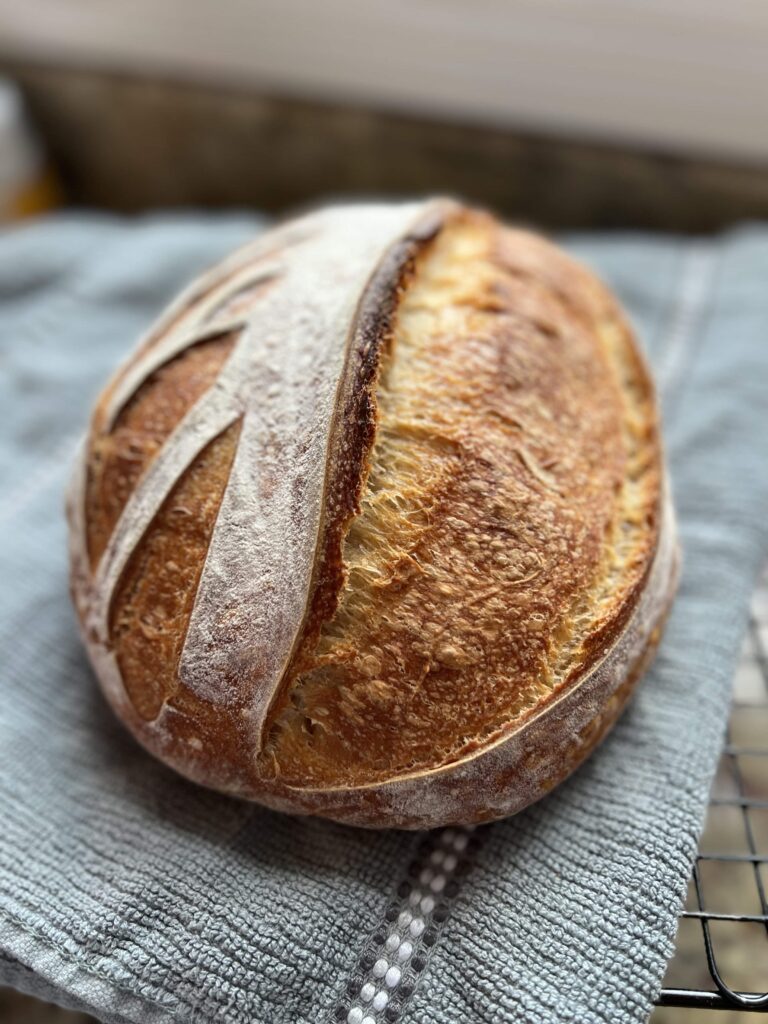
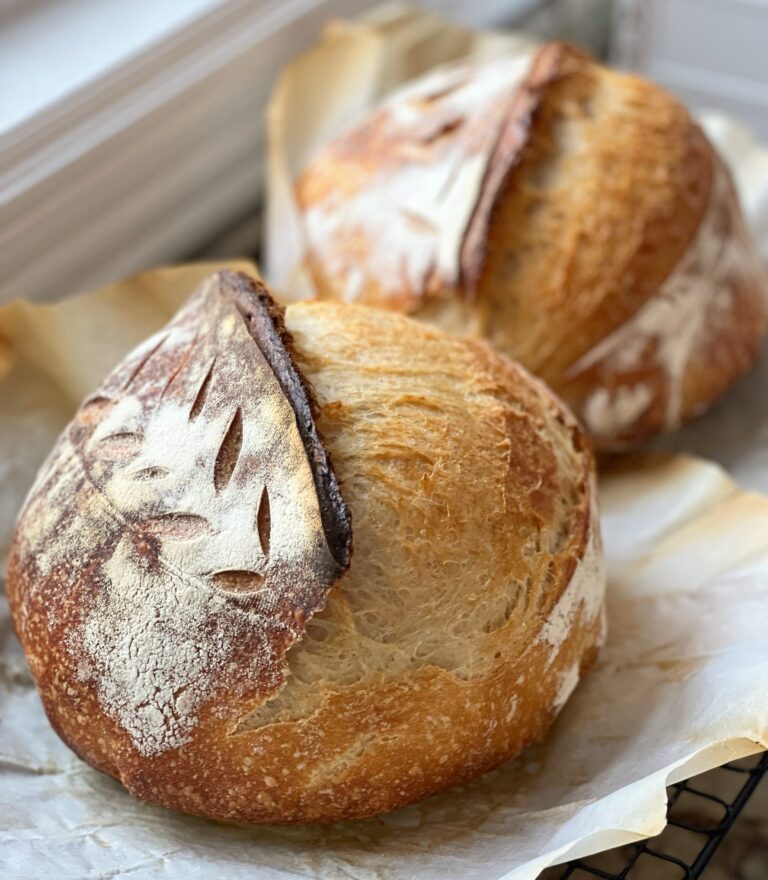
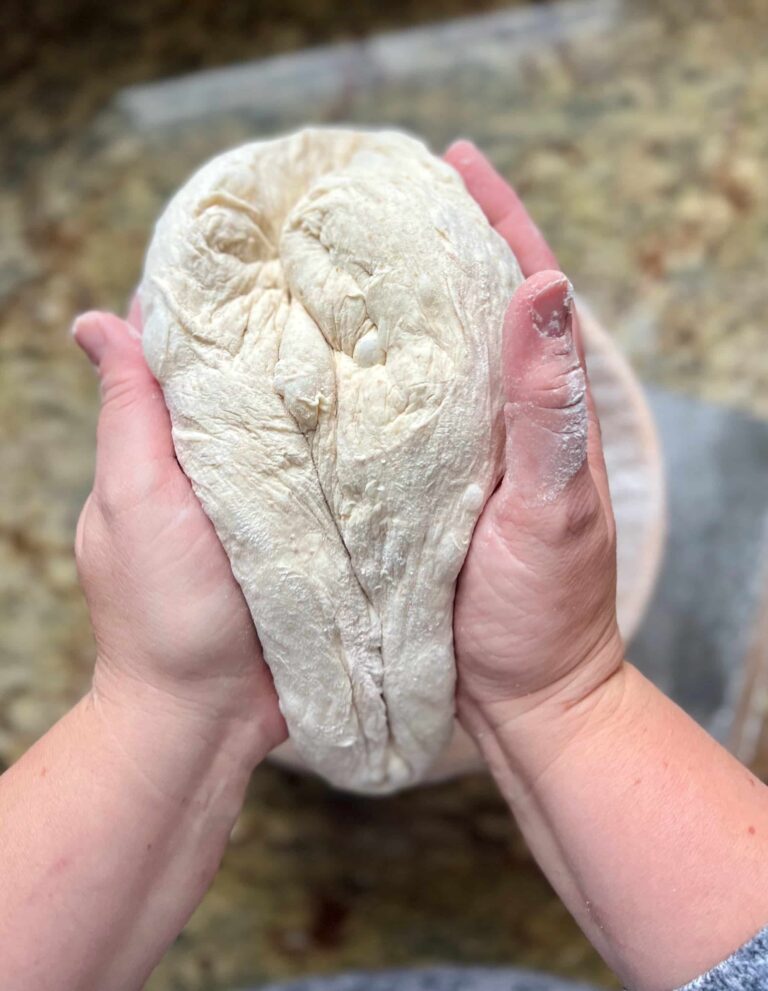
6 Comments